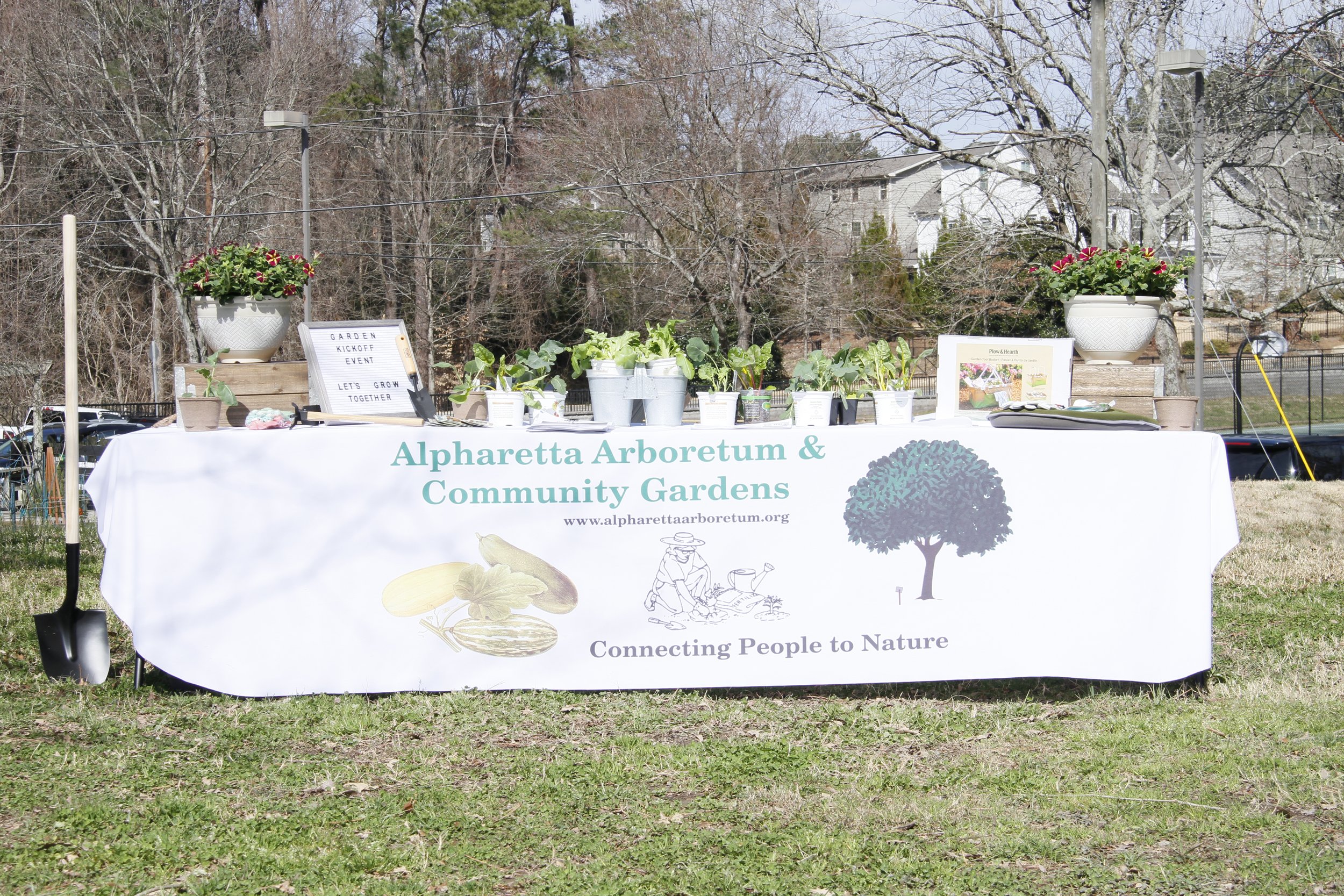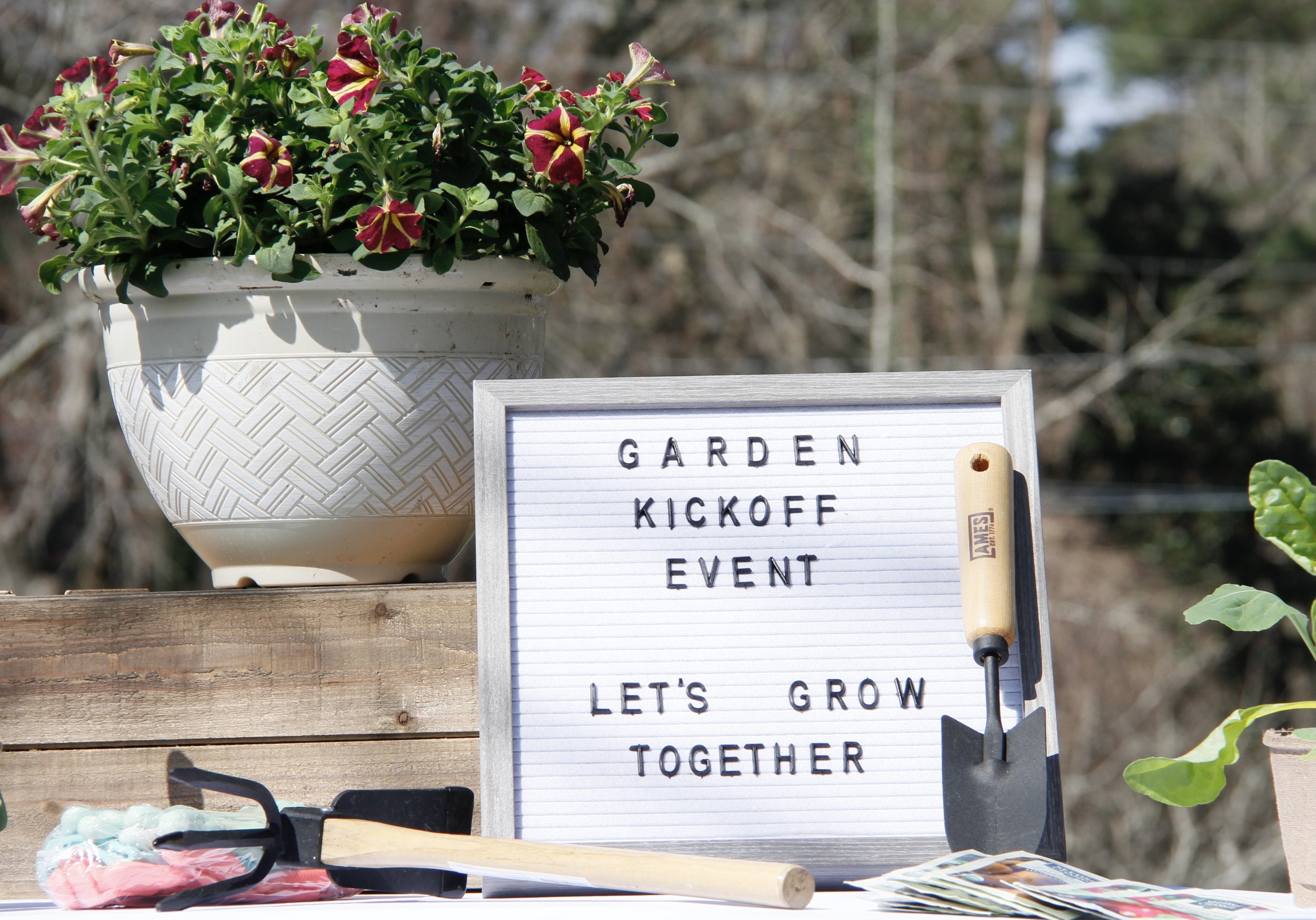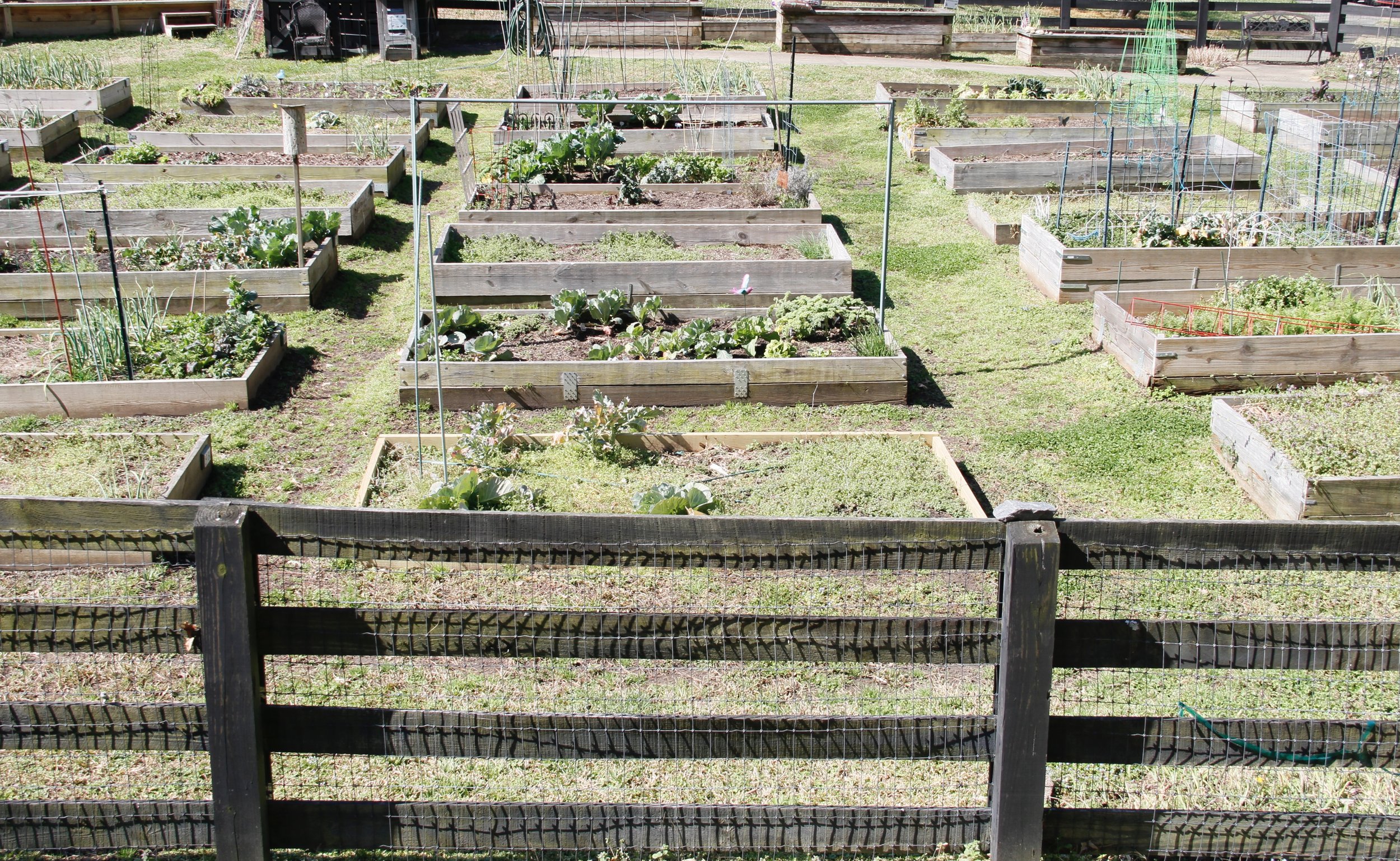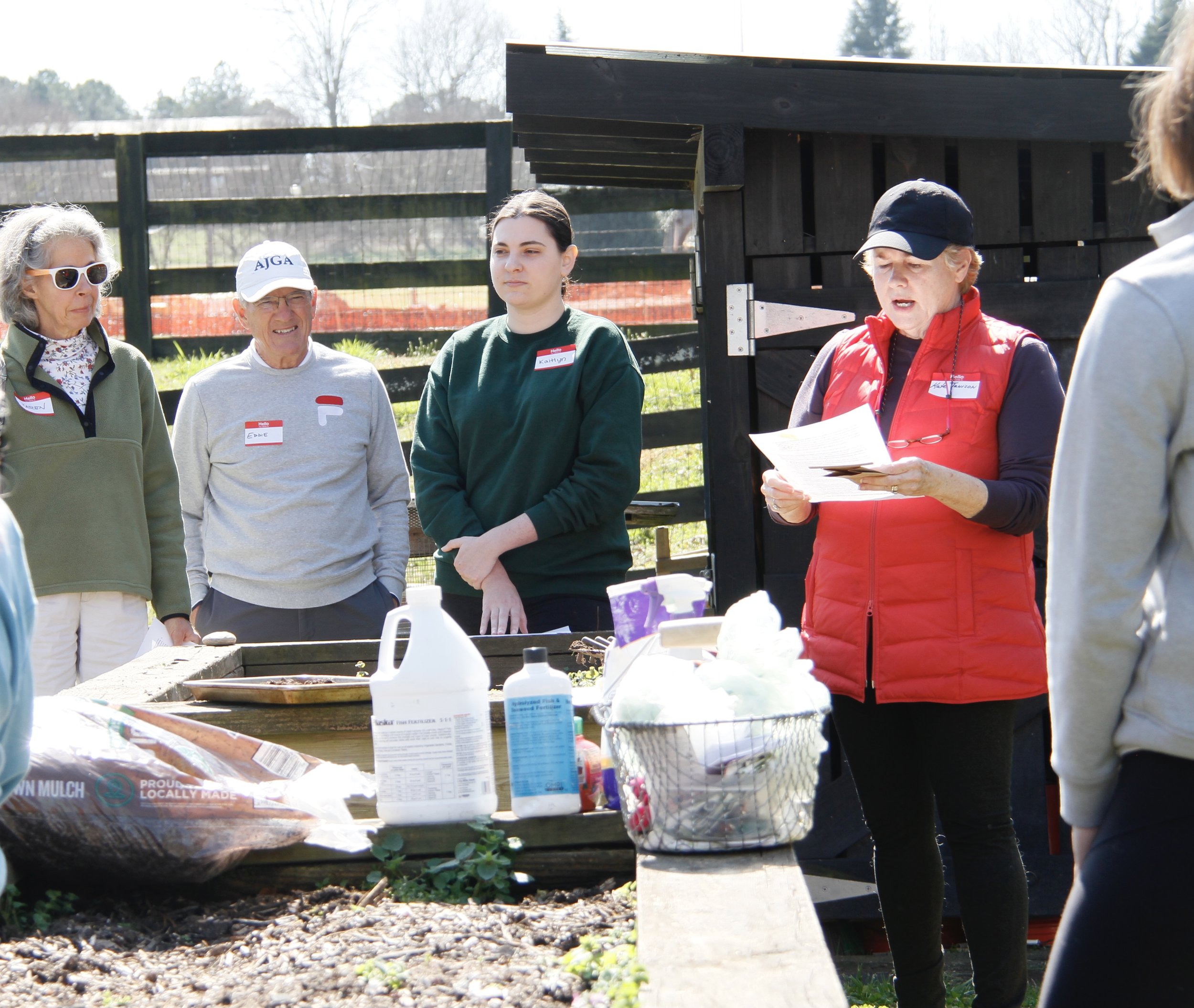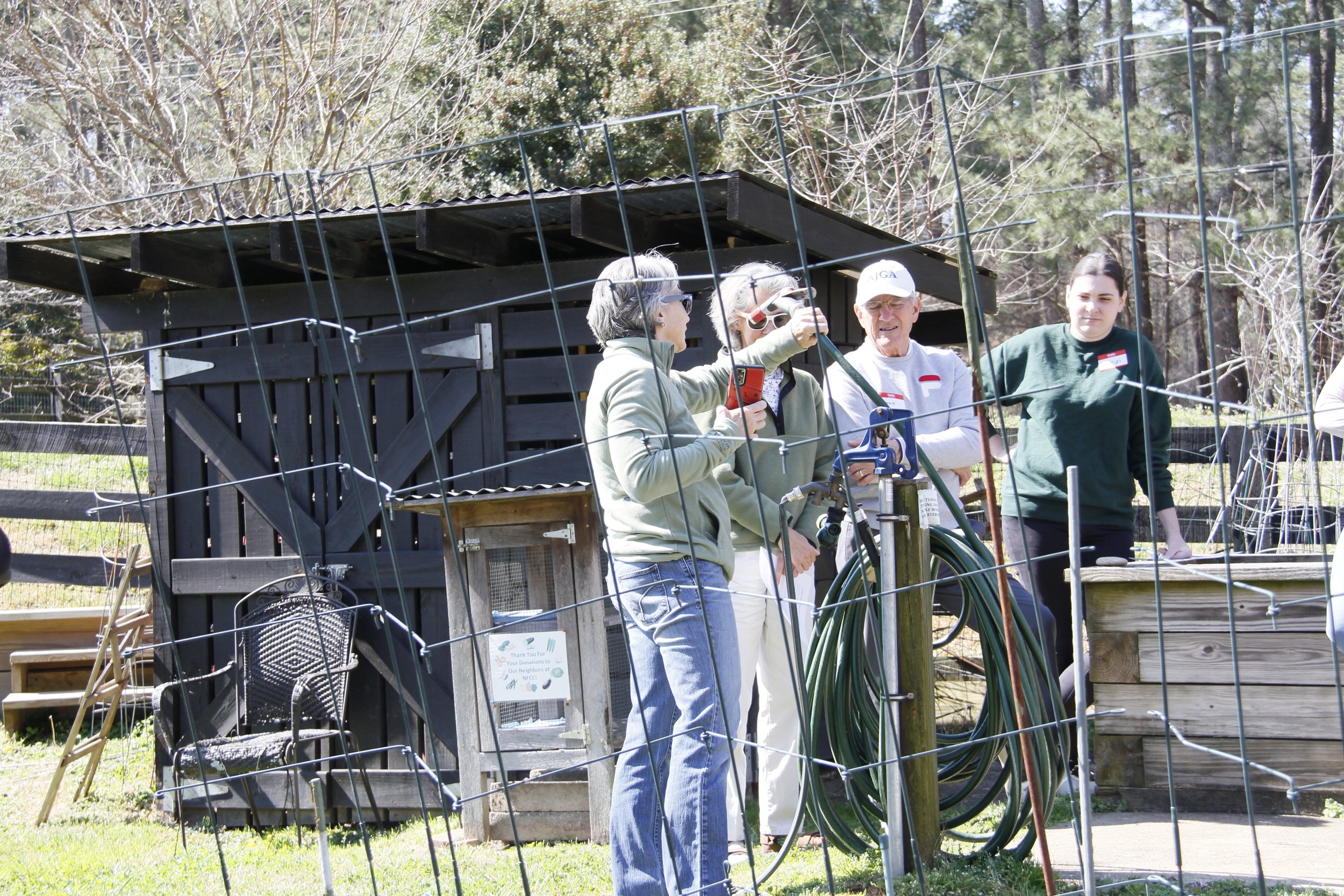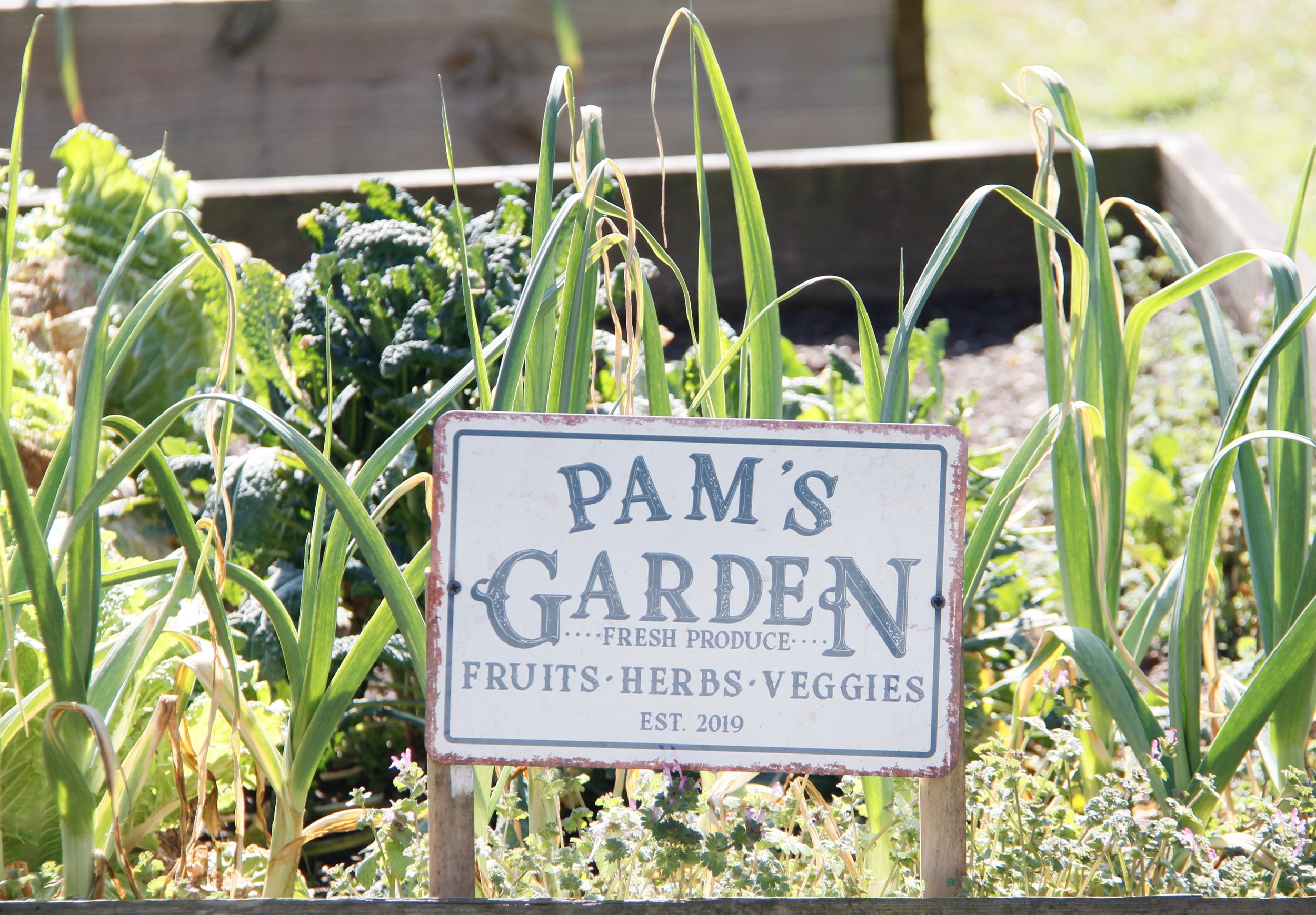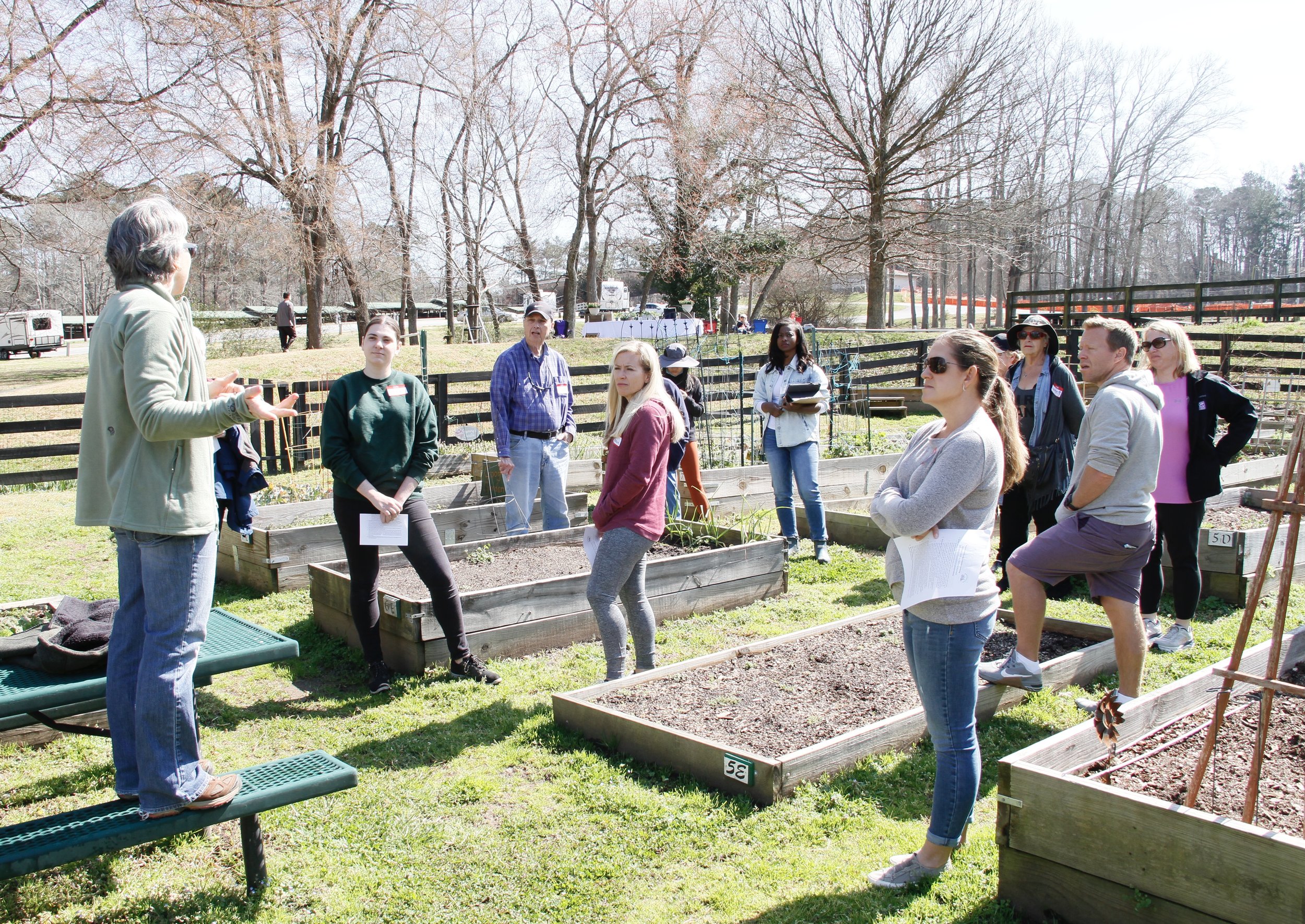I have noticed that several of the plots in the garden have early tomato blight. I have attached a couple of photos that show what it looks like. The disease is a fungus that starts on the lower parts of the plants and spreads upward. As the disease progresses, leaves turn yellow, wither and drop from the plant. Affected plants produce a low yield of undersized fruit. The tomatoes also suffer from sun scald as their leaves are no longer available to protect the fruit from direct sunlight.
Factors favorable to the spread of the disease are wet weather and humidity. While crop rotation is a recommended practice to avoid plant disease, this is not always practical – especially in our 40 square foot plots. So, we have to rely on other practices, some cultural and some chemical.
Tomatoes should be staked and mulched to keep leaves and fruit from contacting the soil surface. Soil particles contain the fungal spores that cause the disease. Organic mulch, pine straw and newspapers are good ways to keep the surface of the soil from contacting the plant. Remember – mulch, mulch, mulch! Good air flow is also critical to reduce the level of humidity as much as possible.
Fertilize your plants. Green healthy plants are better able to protect themselves and ward off diseases and pests.
If you think you have blight, remove the affected leaves and throw them in the trash. Do not leave them in the garden and never put tomatoes in the compost. If you use a scissor to cut affected plant parts, you should use a mild bleach solution to clean the scissors between cuttings to avoid spreading the fungus. At the end of the season, remove all plant debris and place it in the trash.
Unfortunately, the use of fungicides will be unavoidable. You do not have to/should not wait until your plant shows sign of infection before you start a regimen of fungicidal treatment. I have read in some scientific publications that “Serenade” is NOT a useful fungicide. If other garden members have used it with success, let me know. The following fungicidal chemicals are recommended: chlorothalonil (Daconil, Bravo, Echo), maneb (Dithane, Manex, Nereb) and mancozeb (Manzeb). Ortho Garden Disease Control is recommended by the Forsyth County Extension Service (contains clorothalonil). They are sold in all garden and big box stores under various trade names. Look for the active ingredient on the label. And remember – Read and Follow all Label Instructions to get best results and minimize impact to the environment. These fungicides require re-application every 7 to 10 days and after rain. You are coating and protecting leaves that have not been infected with the fungus. Nothing can save leaves that are already infected. Follow label instructions about how long to wait before harvesting fruit after fungicide application.
